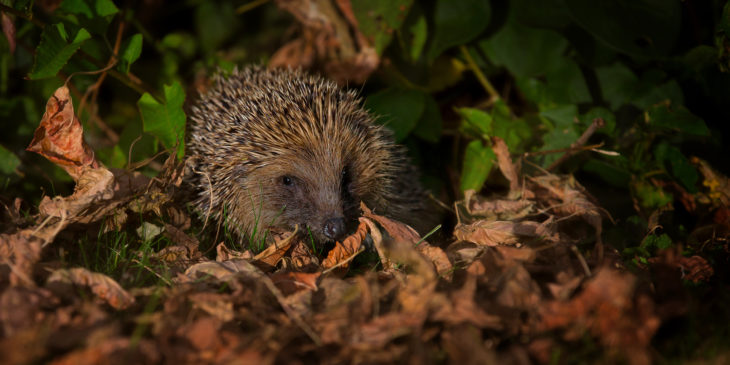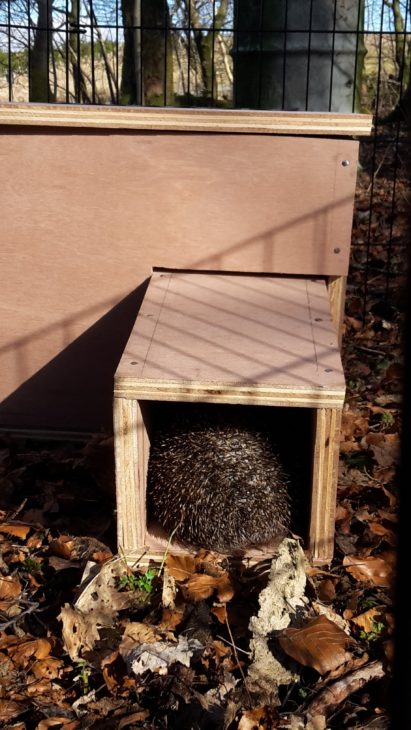How can you help a Hedgehog?
In the past ten years the UK’s hedgehog population has declined by around one third, but it’s not too difficult for us humans to help boost the health, and hopefully population, of our spiky neighbours.
One of the easiest measures is to provide supplementary foods throughout the summer and just before hibernation begins. Hedgehogs are one of the UK’s only ‘true’ hibernators, and from October to March each year they enter a state known as torpor. During this time hedgehogs will lower their body temperatures to match their surroundings in order to save energy; whilst they are not asleep in this state their bodily functions will be very slow.
During hibernation, the hedgehog will live of the fat stores it has built up during summer, so extra food sources will ensure our hedgehogs are ready for a cold winter. The best thing for this is a meat based pet food full of protein and fats. Recent findings have shown that mealworms, a once popular feed for hedgehogs, can actually be detrimental to their bone health – so it’s best so steer clear of these in the future!

Once the fat stores have built up and the temperatures start to drop, hedgehogs will begin looking for a hibernacula (their hibernation nest). This is naturally within a thicket of dead wood or piles of leaves and compost, however they will also nest in ready-made hedgehog homes like those built by our young Wildlife Watchers last weekend.

During our workshop we built three houses, complete with a hedgehog sized tunnel and packed with hay to keep our spiky residents cosy through the winter months. The houses were also given a green roof of soil, moss and vegetation, to further insulate the hedgehogs in the depths of winter.
With habitat loss occurring all over the UK, building a cosy hedgehog home is a great way to offer them shelter through the colder months, but you shouldn’t be alarmed if you see one or two wandering around during November and December. This is normal, especially in milder winters, and most hedgehogs will move to a different nesting area at least once throughout the hibernation period.
Jenny Mann, Falls of Clyde Assistant Ranger
Help support our vital work and join us today!
Help protect Scotland’s wildlife
Our work to save Scotland’s wildlife is made possible thanks to the generosity of our members and supporters.
Join today from just £3 a month to help protect the species you love.
Preface
In the past ten years the UK’s hedgehog population has declined by around one third, but it’s not too difficult for us humans to help boost the health, and hopefully …
